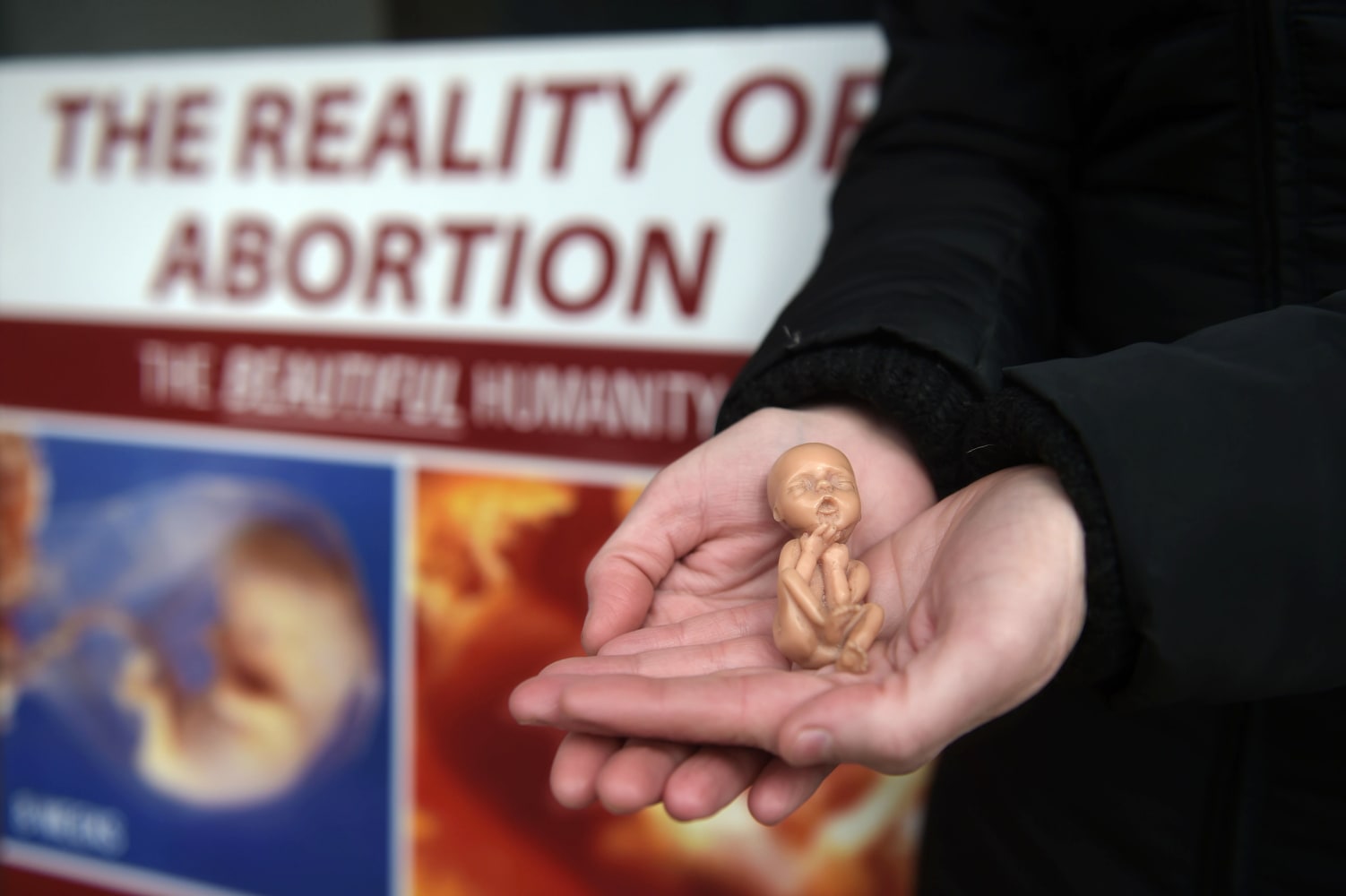Unsurprisingly, forced birth(Abortion) is back in the news again. It remains one of the most controversial and divisive topics of conversations in the country.
While this may be true, the fact remains that each day, women and girls are dying because we are unable to have an honest, open conversation without fear of retaliation.

Recently, the story of activist Caroline Mwatha came into the spotlight after she was found dead from complications caused by a botched abortion. Whether it was forced or not remains to be determined.
Mwatha, who campaigned against police brutality experienced by those in custody, was discovered in a city morgue. Post-mortem results found that she had died of excess bleeding and a ruptured uterus. Six people have been arrested in relation to her death.

Unfortunately, Mwatha’s story is neither unique, nor will it be the last. For as long as Kenya, its government and its people continue to have the same restricted beliefs towards abortions, girls will continue to die.
Evelyne Opondo, the Africa director of the Centre for Reproductive Health, said, “Caroline did not have to die. Her death was preventable. She is just one of

Every year, 2,600 women die from unsafe abortions. That’s seven women dying daily, accounting for 35 per cent of maternal mortality. The global rate is 13 per cent.

It was found that among the nearly 500,000 induced abortions, over 120,000 women were hospitalised for complications from unsafe abortions each year. Some 45 per cent of those who had severe complications were under the age of 19.
“This is a moment for the country to reflect. Our Constitution provides limited access to abortion, but we are not responding to the realities for many women, and neither is our law. It’s a conversation we need to start in Kenya.”
LAW VS REALITY

According to Kenya’s 2010 Constitution, abortions are not permitted, unless in the opinion of a trained health professional, there is a need for emergency treatment, or the life or health of the mother is in danger, or if permitted by any other written law.
To conduct an abortion, the doctor or nurse must be specially trained. Not all health care professionals are qualified to provide them, but nevertheless, the service is available for those who fall into the requirements made by the current law.

Despite this, the World Health Organisation has found that Middle and Eastern Africa have the highest global rate of unsafe abortions at 36 per 1,000 women. In Kenya, unsafe abortions are one of the major causes of maternal deaths.
“An unsafe abortion is defined as a procedure for terminating an unwanted pregnancy, either by persons lacking the necessary skills or in an environment lacking minimal medical standards or both,” says Dr Caroline Tatua, a senior health systems adviser.

A study by the Kenya National Commission on Human Rights found that unsafe abortions are particularly affecting younger girls, especially those in universities and technical colleges.

These are areas where girls are the most vulnerable to the stigmas of unwanted pregnancies and would perhaps feel the greatest need to seek unsafe options. This may be because they are unaware of the help that is available or that they are unable to go.

One University of Nairobi student said, “Foetuses are collected from dustbins in universities. Most girls do not seek safe abortion services, including post-abortion care, as they fear being known to have aborted.”

And while unsafe abortions can lead to a number of complications and even death, this is not acting as an adequate deterrent for the thousands of desperate girls.
